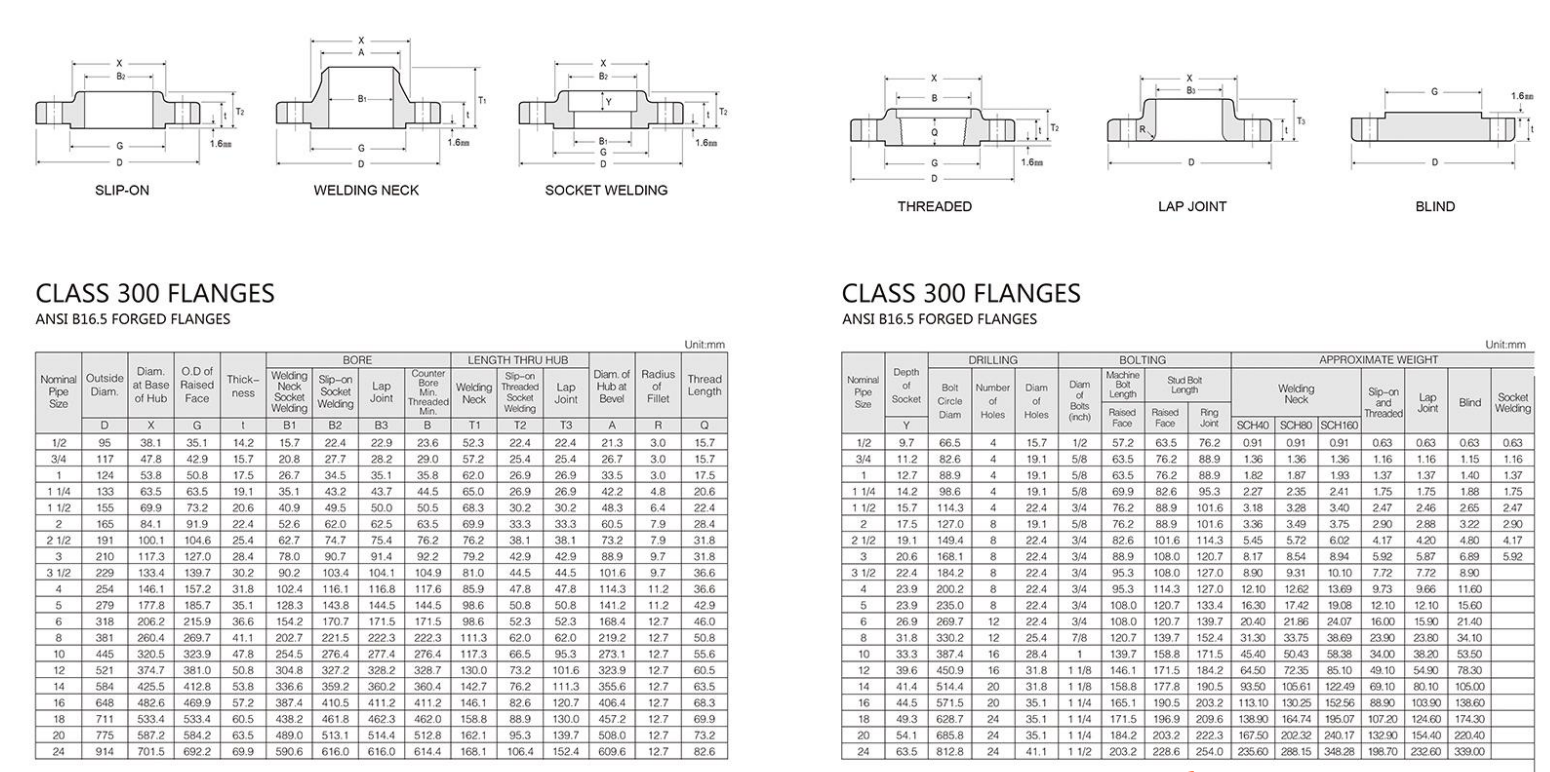-
Cangzhou Yulong Steel Co., Ltd.
-
Phone:
+86 13303177267 -
Email:
admin@ylsteelfittings.com
- English
- Arabic
- Italian
- Spanish
- Portuguese
- German
- kazakh
- Persian
- Greek
- French
- Russian
- Polish
- Thai
- Indonesian
- Vietnamese
- Zulu
- Korean
- Uzbek
- Hindi
- Serbian
- Malay
- Ukrainian
- Gujarati
- Haitian Creole
- hausa
- hawaiian
- Hebrew
- Miao
- Hungarian
- Icelandic
- igbo
- irish
- Japanese
- Javanese
- Kannada
- Khmer
- Rwandese
- Afrikaans
- Albanian
- Amharic
- Armenian
- Azerbaijani
- Basque
- Belarusian
- Bengali
- Bosnian
- Bulgarian
- Catalan
- Cebuano
- China
- China (Taiwan)
- Corsican
- Croatian
- Czech
- Danish
- Esperanto
- Estonian
- Finnish
- Frisian
- Galician
- Georgian
- Kurdish
- Kyrgyz
- Lao
- Latin
- Latvian
- Lithuanian
- Luxembourgish
- Macedonian
- Malgashi
- Malayalam
- Maltese
- Maori
- Marathi
- Mongolian
- Myanmar
- Nepali
- Norwegian
- Norwegian
- Occitan
- Pashto
- Dutch
- Punjabi
- Romanian
- Samoan
- Scottish Gaelic
- Sesotho
- Shona
- Sindhi
- Sinhala
- Slovak
- Slovenian
- Somali
- Sundanese
- Swahili
- Swedish
- Tagalog
- Tajik
- Tamil
- Tatar
- Telugu
- Turkish
- Turkmen
- Urdu
- Uighur
- Welsh
- Bantu
- Yiddish
- Yoruba

aug. . 11, 2024 17:18 Back to list
Exploring the Applications and Benefits of Flange Blind Plates in Industrial Settings
Understanding Flange Blind Plates A Comprehensive Overview
Flange blind plates are essential components in various industrial applications, especially in piping systems, where they play a crucial role in ensuring safety and operational efficiency. These plates are specifically designed to cover the openings of flanges in piping systems and equipment, effectively sealing the lines off from flow. In this article, we will explore the purpose, applications, types, and installation considerations of flange blind plates.
Purpose of Flange Blind Plates
The primary purpose of a flange blind plate is to create a barrier that prevents the flow of fluids or gases within a piping system. By effectively blocking the flow, blind plates can isolate sections of the system for maintenance, repair, or safety reasons. They are often used in scenarios where a pipeline or equipment needs to be taken offline without disrupting the entire system. Additionally, blind plates can serve as protection against external contaminants, ensuring that the system remains clean and free from unwanted debris.
Applications
Flange blind plates are widely used across various industries, including oil and gas, chemical processing, water treatment, and power generation. In the oil and gas industry, blind plates facilitate the maintenance of pipelines and storage tanks. In chemical processing, they are employed to isolate reactors or vessels for cleaning and repair. In water treatment facilities, blind plates can be utilized to manage flow and maintenance of water distribution systems. Additionally, power generation plants often use blind plates to inspect and maintain boilers and turbines.
Types of Flange Blind Plates
Flange blind plates come in various designs and materials, tailored for specific applications and fluid types. The most common types include
1. Flat Blind Plates These are simple, flat plates that cover the flange face. They are typically used in low-pressure applications.
2. Raised Face Blind Plates Designed with a raised section that fits into the groove of the flange, these plates provide a better seal and are commonly used in higher pressure applications.
flange blind plate

3. Custom-Shaped Blind Plates In some cases, specially shaped blind plates are engineered to fit unique flange configurations or specific industry requirements.
Materials used for blind plates include carbon steel, stainless steel, and other alloys, depending on the corrosive nature of the fluids involved and the operating conditions, such as temperature and pressure.
Installation Considerations
Installing a flange blind plate may seem straightforward; however, it requires careful attention to detail to ensure a proper seal and safe operation. Some key considerations include
- Flange Condition Before installation, it's essential to inspect both the blind plate and the flange for any signs of wear, corrosion, or damage. Any defects can compromise the seal and overall safety.
- Gasket Selection The choice of gasket material is critical, as it must be compatible with the fluids involved and responsible for achieving a leak-proof seal.
- Torque Specifications Proper torque must be applied to the bolts securing the blind plate to the flange. Following the manufacturer's torque specifications is vital to avoid overtightening or undertightening, which could lead to leaks or failures.
- Pressure Testing Once installed, pressure testing may be necessary to ensure that the blind plate is functioning as intended and that there are no leaks.
Conclusion
Flange blind plates are integral components in maintaining the safety and functionality of industrial piping systems. They provide effective isolation to facilitate maintenance and protect systems from contamination. Understanding their purposes, applications, variations, and installation requirements is essential for anyone involved in industrial maintenance and operations. By utilizing appropriate blind plates, industries can enhance safety, extend equipment life, and ensure smooth operational continuity.
Latest news
-
ANSI 150P SS304 SO FLANGE
NewsFeb.14,2025
-
ASTM A333GR6 STEEL PIPE
NewsJan.20,2025
-
ANSI B16.5 WELDING NECK FLANGE
NewsJan.15,2026
-
ANSI B16.5 SLIP-ON FLANGE
NewsApr.19,2024
-
SABS 1123 FLANGE
NewsJan.15,2025
-
DIN86044 PLATE FLANGE
NewsApr.19,2024
-
DIN2527 BLIND FLANGE
NewsApr.12,2024
-
JIS B2311 Butt-Welding Fittings LR/SR 45°/90° /180°Seamless/Weld
NewsApr.23,2024











